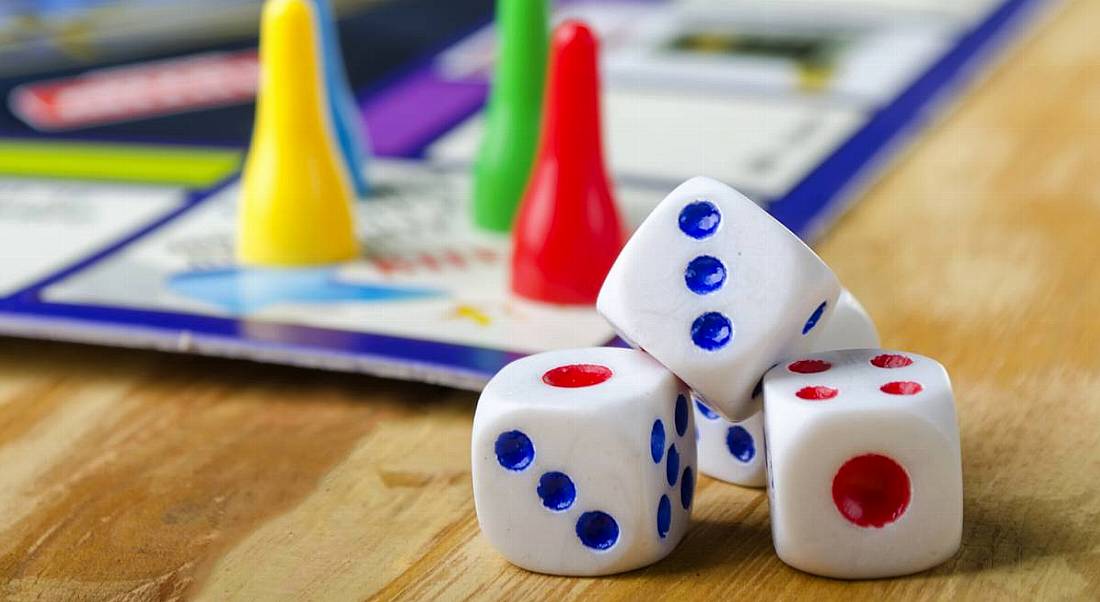The talent gap within STEM is a constant problem but is gaming the answer? STEM.org founder Andrew B Raupp investigates.
The global movement to increase access to STEM educational opportunities, and ultimately increase the flow of talent into the pipeline for professions in the STEM field, is continuing to grow.
Countries across the world are devoting resources and strategic thought to create meaningful plans for implementation, which, in some cases, means a total overhaul of how schools have traditionally approached science and mathematics education.
Take Naoimh Riordan’s after-school programme, Sparks, at Rockboro Primary School in Cork, for example. This after-school offering offers a range of subjects and activities to engage students in not just the traditional STEM subjects, but also the arts as well.
The courses are taught using activity-based learning for an hour each week over a 10-week term. And one of the major tools in Ms. Riordan’s toolbox? Play. She and her team of tutors use the immersive game platform Breakout EDU to engage students and fuel their dynamic lessons.
To best leverage the growing momentum of STEM innovation, individuals such as Riordan, as well as school systems and nations as a whole, must continue to focus on the moving target of best practices and draw from a broad range of research-proven inspiration to deliver the kind of pedagogical changes that STEM growth truly requires.
One such practice that may feel like it’s come out of left field? Gamification.
Gamification 101: Not just for ‘gamers’ any more
Gamification is a term that’s become popularised over the last decade, particularly in both educational and corporate settings. While the most simplistic definition refers to a means of incorporating more game-like play into the classroom, gamification actually encompasses a broader movement to tap into some powerful human psychology.
In both classroom and corporate culture, gamification can be used as a motivating tool. For example, students and employees alike can work towards ‘badges’ of achievement on learning and/or employment tasks. Or, teachers can incorporate friendly competition in order to elevate STEM-focused group work into a more meaningful experience that can mimic the pressures of the ‘real world’.
The US has been quick to embrace gamification, in part because American young people are arguably primed for this approach because of their access to gaming culture.
As reported in an article published by the University of Central Florida, a whopping “97pc of 12-17-year-olds play video games, and Americans spent more than $15bn on them in 2013”.
In addition, Americans have been talking about gamification in corporate culture for years. A 2013 blogpost notes that “since the beginning of the gamification industry in 2010, over 350 companies have launched major gamification projects”.
These are major companies devoting time and resources to incorporating game strategy into a range of corporate activities – and to great results. The post goes on to note that companies such as “Spotify and LivingSocial have replaced the dreaded annual review with a mobile, gamified solution – with more than 90pc of employees participating voluntarily”.
Increasing engagement through games or game-like activities may seem bizarre, or even childish, but the evidence is clear: gamification can not only help expose children to technological processes, seemingly without them realising that they’re actually learning, but it can also be an important tool towards shifting culture and motivation.
As a recent piece in Forbes put it, it’s important to remember this key fact: “Gamification is 75pc psychology and 25pc technology.”
Ireland: A country poised for major STEM opportunities
Incorporating gamification into STEM educational approaches can help countries poised on the verge of STEM expansion to see STEM initiatives as not only crucial to their future economic success, but also kind of fun.
Ireland is one such example of a country that has put a lot of great emphasis on how to better handle STEM education. The STEM Education Review Group, led by Prof Brian MacCraith of Dublin City University, recently put out a report with nearly 50 actions that will help stakeholders collectively execute on their ambitions to elevate the impact of STEM education.
The Government then prioritised 21 actions for initial priority implementation, and these actions are focused on increasing qualified STEM instructors, increasing access to professional development for these educators, addressing inequity in STEM education, and increasing the focus on both enquiry-based learning and learning that happens outside the bounds of the traditional classroom (including extracurricular events, online learning and more).
The recommendations of the report come not a moment too soon. Ireland has seen a drop in both CAO points needed to qualify for a university-level STEM course, as well as overall performance in math and science, as measured by the Programme for International Student Assessment (PISA).
‘Tell me and I’ll forget. Show me and I may remember. Involve me and I learn’
– BENJAMIN FRANKLIN
The latest PISA report revealed that Ireland’s ranking has dropped from 9th in science in 2012, to 13th. A statement released from the Ibec head of education policy, Tony Donohoe, made clear that stagnation or decreasing performance simply won’t jive with the countries priorities around STEM.
“The overall performance in science and mathematics is not good enough to support our economic ambition,” he said. “A major improvement in science and mathematics outcomes at school level is required if we want to compete at the highest levels.”
The focus on improvement in Ireland is clear, and the policy recommendations are both thorough and well-considered. But to make major gains in STEM education, it seems, going outside the bounds of what’s traditionally been done can make a world of difference.
Enter gamification. Incorporating game strategy in the classroom can help motivate not only students, but also teachers. Instead of STEM feeling like some mysterious or foreign presence in the classroom, students and educators alike can embrace the opportunity to do something different and challenging, all while improving the cutting-edge skills needed to truly thrive in our 21st-century global market.
For further evidence on how gamification can increase engagement in STEM, look no further than the Smithsonian Science Education Center. In a post outlining five of the largest benefits to incorporating gamification, the Smithsonian notes that: “As gamification becomes more of a buzzword, it’s important not to write it off.”
According to the post, using games and game-like activities can aid in both cognitive and physical development, increase engagement and boost accessibility for students who may not always participate in traditional settings, and, finally, it’s a flexible enough approach to spill out of the classroom and into extracurriculars and real-world settings.
Back in Cork, Riordan, whose work was recently selected to be featured as part of the TED-Ed Innovative Educators cohort, said that she’s seen the power of interactive gameplay in her classroom, and often thinks of this famous quote from Benjamin Franklin to explain the impact of gamification for her students: “Tell me and I’ll forget. Show me and I may remember. Involve me and I learn.”
Gamification is far from a silver bullet but, when used as part of a comprehensive strategy to get serious about how to make STEM engaging, it can help actively involve students in their education and help them to score major points, both in the classroom and on the global stage.
Andew B Raupp is the founder of STEM.org, the longest continually operating, privately held STEM organisation in America, serving schools, districts, organisations and the world’s top brands in more than 25 countries.




